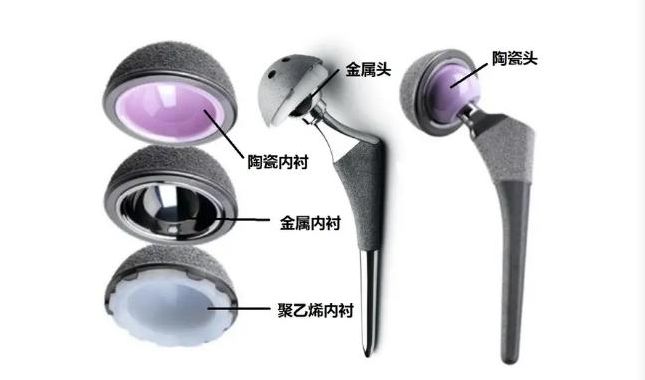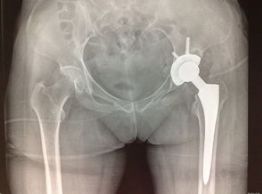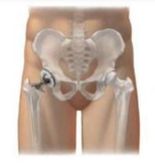Hip arthroplasty is a better surgical procedure for the treatment of femoral head necrosis, osteoarthritis of the hip joint, and fractures of the femoral neck in advanced age. Hip arthroplasty is now a more mature procedure that is gradually gaining popularity and can be completed even in some rural hospitals. With the increase in the number of hip replacement patients, patients are often concerned about how long the prosthesis will last after hip replacement surgery and whether it will last a lifetime. In fact, how long the hip joint replacement can be used after surgery depends on three main aspects: 1, the choice of materials: currently there are three main materials for artificial hip joints: ① ceramic head + ceramic cup: the cost will be relatively high. The main advantage of this combination is that it is relatively more wear-resistant. In the ceramic and ceramic friction, the same load, wear and tear relative to the metal interface is much smaller, and the tiny particles left in the joint cavity due to wear and tear is also extremely small, basically there will be no body rejection reaction to wear particles. However, in the case of strenuous activity or improper posture, there is a very small risk of ceramic rupture. There are also very few patients who experience a “creaking” sound caused by ceramic friction during activity.
②Metal head + polyethylene cup: the application history is longer and is a more classic combination. Metal to ultra-high polymer polyethylene, generally does not appear in the activity has an abnormal rattle, and will not have broken and so on. However, compared with ceramic to ceramic friction interface, it wears relatively a little more under the same load for the same time. And in a very small number of sensitive patients, it will react to the wear down debris, causing inflammation around the wear debris to occur in response, and gradually pain around the prosthesis, prosthesis loosening, etc. ③ Metal head + metal bushing: metal to metal friction interface (cobalt-chromium alloy, sometimes stainless steel) This friction interface has been applied in the 1960s. However, this interface can produce a large number of metal wear particles, these particles can be phagocytosed by macrophages, producing a foreign body reaction, wear generated metal ions may also enter the bloodstream, triggering an allergic reaction in the body. In recent years, this type of interface joints have been discontinued. ④ Ceramic head to polyethylene: Ceramic heads are harder than metal and are the most scratch-resistant implant material. The ceramic currently used in joint replacement surgery has a hard, scratch-resistant, ultra-smooth surface that can greatly reduce the wear rate of polyethylene friction interfaces. The potential wear rate of this implant is less than metal to polyethylene, in other words, ceramic to polyethylene is theoretically more wear resistant than metal to polyethylene! Therefore, the best artificial hip joint, purely in terms of material, is a ceramic-to-ceramic interface joint. The reason for the long service life of this joint is that the wear rate is reduced by tens of times to hundreds of times compared to previous joints, greatly extending the time of joint use, and the wear particles are human-compatible minerals that do not cause osteolysis and osteoporosis around the prosthesis, which is more suitable for young patients with high activity. 2. Precise placement of the hip prosthesis: through the precise placement of the prosthesis during surgery, the acetabulum and femoral stalk The firm fixation of the prosthesis and the suitable angle make the prosthesis not to be concentrated and dislocated, thus not causing the loosening of the prosthesis.
The protection of their own hip joint: reduce weight bearing, strenuous activities (such as climbing and long time weight bearing, etc.) to reduce the wear and tear of the prosthesis. In addition, prevent injuries, because trauma can lead to fractures around the hip prosthesis, which can lead to the loosening of the prosthesis.
Therefore, hip prostheses made of less abrasive materials, precise placement of the hip joint and the necessary protection of the hip joint can make the prosthesis last longer, even for life.
Post time: Jan-11-2023














